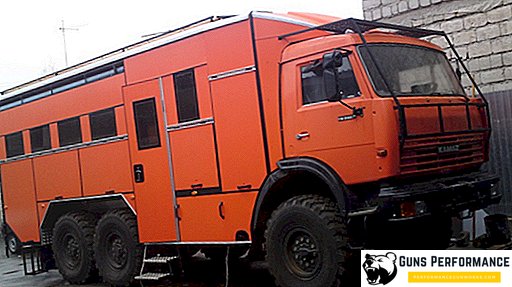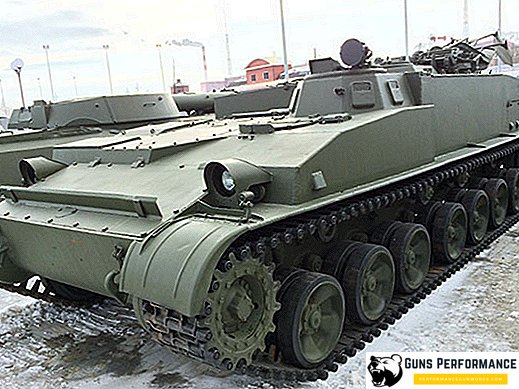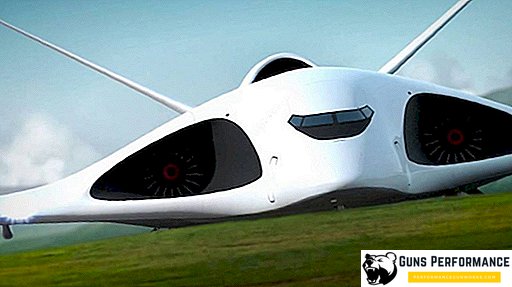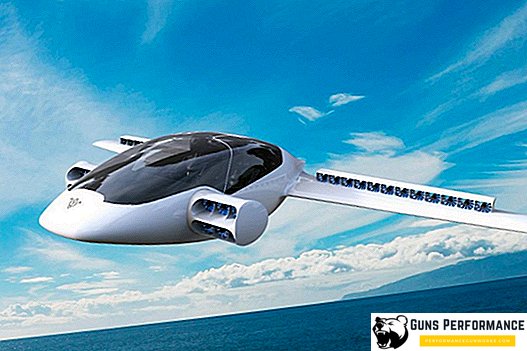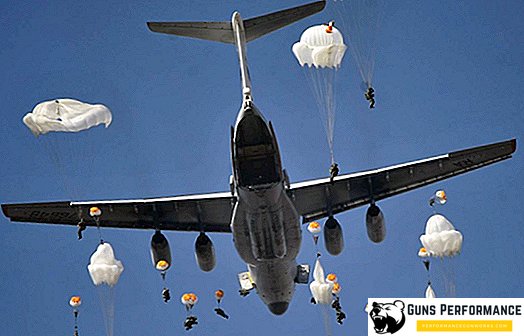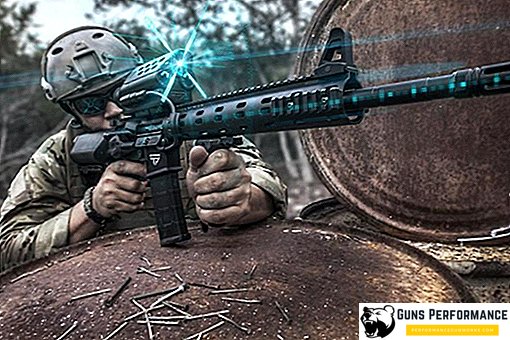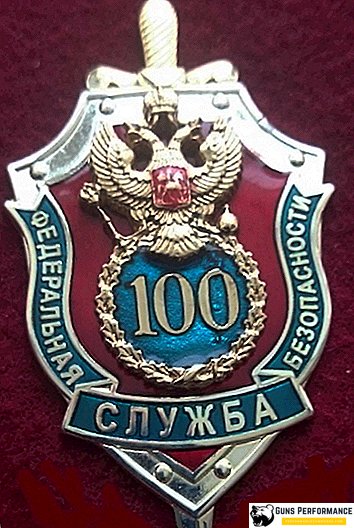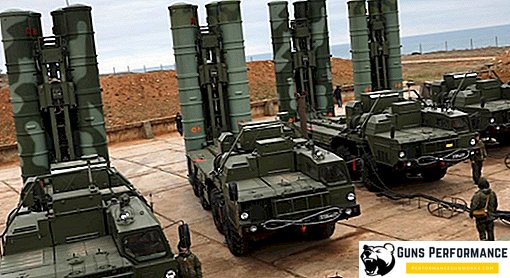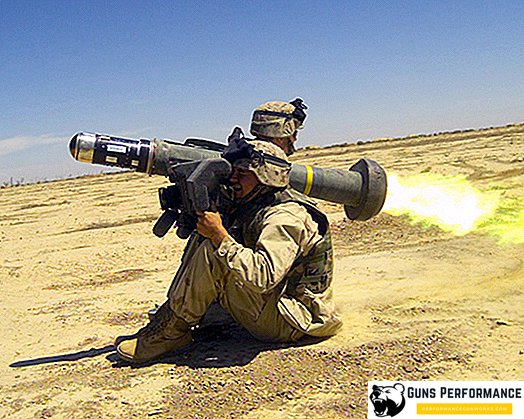France has always been among the leading aviation powers of the world, it has been so since the first aircraft appeared. French aviation was one of the strongest during the First World War, but then the French lost their positions somewhat, which was one of the reasons for the occupation in World War II. After its completion, the French began to actively recreate the national Air Force.
During the postwar period, the French aircraft manufacturers were able to create many successful models of aircraft. The main manufacturer of aircraft in the country is the company "Dassault Aviation" (Dassault Aviation), which was founded by a talented aircraft designer and businessman Marcel Dassault. The latest brilliant piece by this recognized master was the Dassault Rafale multi-role fighter.

"Rafale" belongs to the fourth generation of fighter jets, this aircraft is a completely French project, foreign companies did not take part in its development, there are no components made in other countries. Currently, this fighter is considered one of the best in the world.
Experts believe that Dassault Rafale is likely to be the last combat aircraft, created entirely in one European country.
History of creation
The development of the machine began in 1983. The military wanted to get a new single combat aircraft that could perform a wide range of tasks, fight ground, air and surface targets. At that moment, the situation was such that the Dassault Aviation could not rush to develop a new car: France had a large number of new and modern aircraft.
Two years before the French had withdrawn from the program to create a European FEFA fighter. The reason was very simple: France wanted to get a light aircraft (up to 9 thousand kg), which could be placed on the deck of an aircraft carrier, the other participants in the program wanted to develop a heavy fighter.
The French military needed a compact fighter with low weight and low operating costs, which could replace as many as seven different aircraft that were in service with the French Air Force and Navy at that time. That is why the Rafale can be called a unique aircraft.
When creating the Rafale fighter, the designers of the Dassault Aviation company used forty years of experience on the Mirage aircraft. In the "Rafale" is very easy to see the features of this fighter.

In 1986, his first flight made Rafale, which is called the pilot-demonstration modification of the aircraft. In fact, it was a prototype of the aircraft, on which they worked out various structural and technological solutions of the future fighter.
In 1991, the next modification of the Rafale - Rafale S. was lifted into the air. It was a prototype of a single interceptor fighter. In the same year, the Rafale M also took off — an aircraft designed to be placed on aircraft carriers. This “Rafale” was distinguished by its increased mass and reinforced chassis design.
These modifications were adopted by the French Navy in 2004, and the Air Force in 2006. In 2009, the French military ordered 60 more Dassault Rafale fighters.
In 2011, the French Defense Minister announced the termination of Rafale’s production, but early next year, Dassault Aviation won a major tender for the supply of 126 Rafale airplanes for the Indian Air Force.
According to one information, the amount of the contract signed with Dassault Aviation was 10.4 billion dollars, and according to other data, the French side had to receive more than 15 billion dollars, including money for pilot training and aircraft maintenance.
Eighteen first cars the company "Dassault Aviation" was supposed to transfer to the Indians in 2018, and the rest - to make on the spot. Last year there was information that the contract was canceled. The reason for this was a significant increase in the cost of fighters, as well as the manufacturer’s refusal to transfer machinery to the customer.
Also, there was information that India is now considering Russian Su-30 aircraft as a cheap replacement for French cars.

Aircraft modifications
There are six modifications of Dassault Rafale:
- Rafale A: prototype machine, it is also called a prototype.
- Rafale B: another experienced modification of Rafale. This is a double training machine, which fully retains its functionality.
- Rafale C: single ground-based vehicle.
- Rafale M: multipurpose single-seat fighter of deck based.
- Rafale N: a double carrier-based aircraft.
- Rafale BM: a multi-purpose aircraft designed to deliver nuclear weapons.
The cost of one car ranges from 84 to 124 million dollars.

Combat use
"Rafale" participated in the real fighting. For the first time in combat, it was used during the campaign in Afghanistan, which was conducted by NATO in 2007, then these aircraft were used during the conflict in Libya in 2011.
During the Libyan campaign, "Rafali" destroyed several MiG-23 airplanes and Mi-35 helicopters.
During the entire operation of the aircraft, four accidents occurred, as a result of which five aircraft were lost, several pilots died. The causes of the incidents were both technical problems and the human factor.
Aircraft structure
The multi-purpose fighter Rafale is made according to the “tailless” scheme, with a delta wing of a large area with large influxes. In the front of the machine, there is an additional high horizontal tail unit.
The wing has two-section slats and one-section ailerons. Part of the wing is made of titanium alloys, part of carbon fiber.
The power plant is twin-engine, located at the rear of the aircraft. Rafale is a single machine.

Composite materials were actively used to create the machine. One of the tasks that stood before the designers of "Dassault Aviation", was to reduce the radar visibility of the fighter. Composite materials account for 20% of the area of the aircraft and 25% of its mass. In addition to reducing the visibility of Rafale, it is possible to obtain and gain in mass.
It should be noted that although the designers of Dassault Aviation paid much attention to reducing the radar visibility of the aircraft, they did not copy the American experience in this direction, but went their own way. As a result, simpler and, most importantly, cheap solutions were found. Particularly problematic from the point of view of radar visibility, parts of the fighter (front edges of the wing and tail, landing gear flaps) received characteristic saw-like edges, which significantly reduced their visibility.
The modification for the navy is distinguished by a reinforced chassis design, a special brake hook on the rear of the fighter, as well as a special Telemir system that synchronizes the operation of the navigation systems of the aircraft and the ship. As a result of such changes, the "sea" Rafale is heavier than the land modification by five hundred kilograms.
The power plant of the aircraft consists of two SNECMA M88-2-E4 two-circuit turbojet engines, which are built using the latest technologies and materials used in this field.
They have single-crystal turbine blades, low-smoke combustion chamber, discs made of powder alloys. SNECMA M88-2-E4 has excellent characteristics, high controllability, excellent ratio of thrust to the engine weight. SNECMA M88-2-E4 has a modular design, which greatly facilitates its maintenance and repair.
Development of engines for this fighter was a very difficult task. The customer required a product that worked reliably when the aircraft performed a variety of tasks (maneuverable air combat, high-speed breakthrough of the air defense system). In this case, the engine had to have a large resource, excellent thrust-to-weight ratio and low fuel consumption. The SNECMA M88-2-E4 installed on the Rafale became the first third-generation French turbojet engine.
All Rafale aircraft are equipped with a landing gear made by Messier-Dowty, their props are removed forward. The ground and deck-based fighter chassis are different, the latter are reinforced.
The cabins of the single "Rafale" are completed with ejection seats Martin-Baker Mk.16, the lantern canopy opens to the right. Pilot's seat has excellent ergonomics. Data on the operation of aircraft systems and flight navigation information is displayed on LCD monitors.
Rafale can "boast" the latest e-filling. The aircraft has a very advanced airborne avionics system, which consists of a new generation Thales RBE2 radar with a two-coordinate electronic scanning, as well as an optical system with a laser range finder and a helmet-mounted target designation system. There is also an onboard EW system: the French believe that it is preferable to suppress the enemy's air defense systems than to hide from them.

Flight performance
| Crew | 1-2 |
| Empty weight, kg | 9060 |
| Maximum take-off weight, kg | 24500 |
| Wingspan, m | 11,08 |
| Length m | 15,27 |
| Height, m | 5,34 |
| Wing area, m2 | 45,7 |
| Maximum speed, km / h | 1900 |
| Practical ceiling, m | 15 240 |
| Air-to-air missiles: | MICA, AIM-9, AIM-120, AIM-132, MBDA Meteor, Majik II |
| Air-to-surface missiles: | ASMP with nuclear warhead, Apache, AM.39, Storm Shadow, AASM |
| Cannon weapons: | 1 × 30 mm Nexter DEFA 791B |


